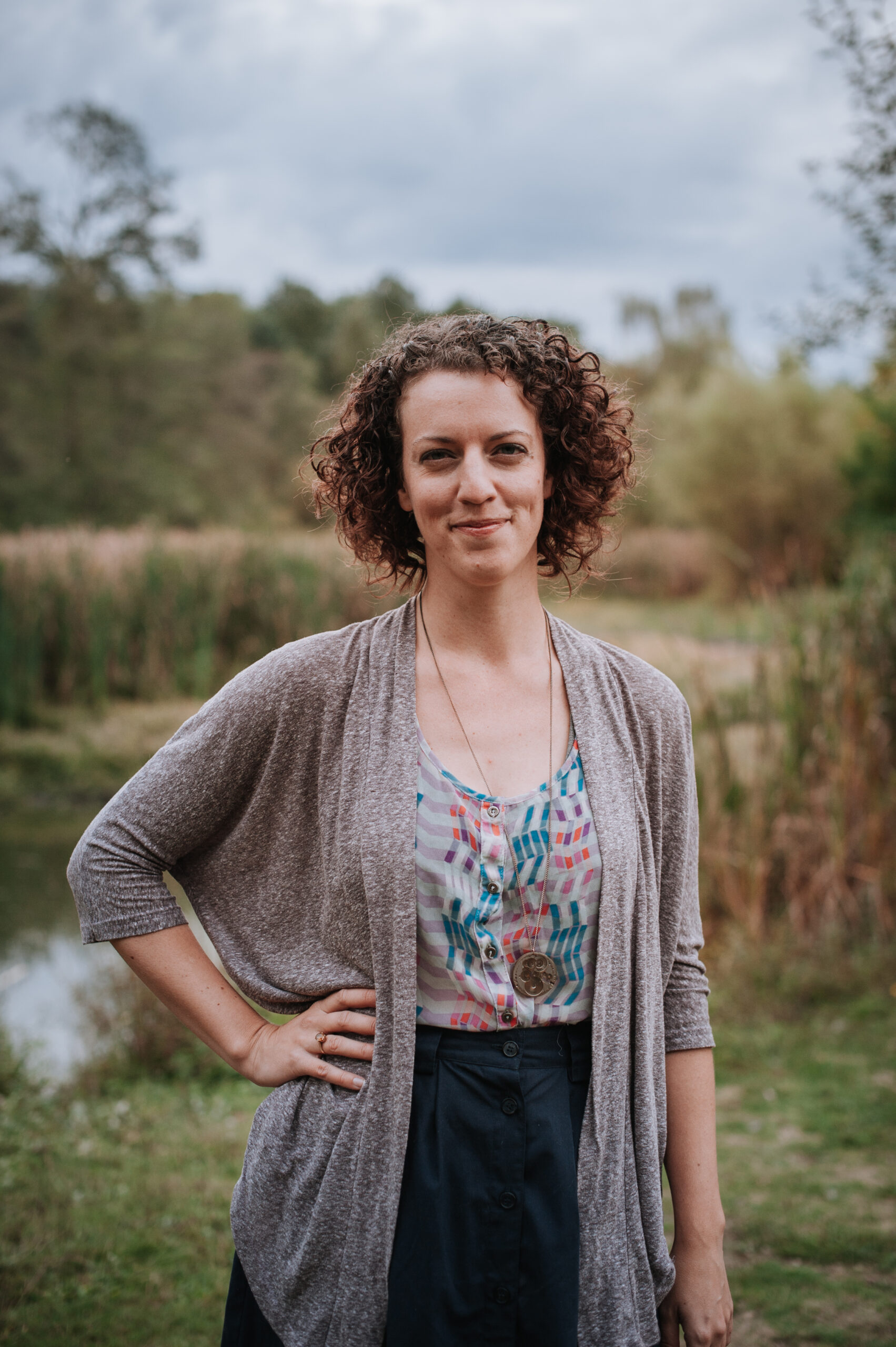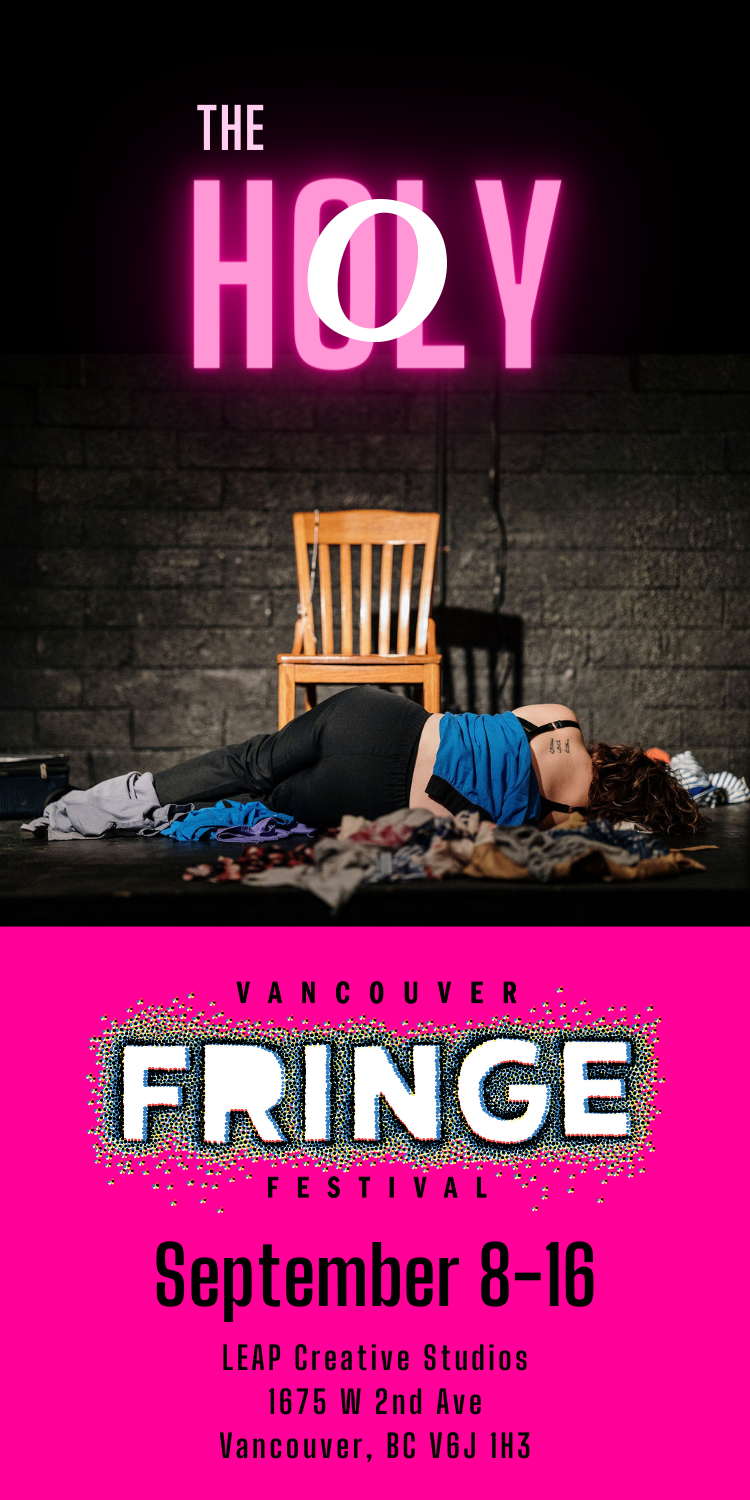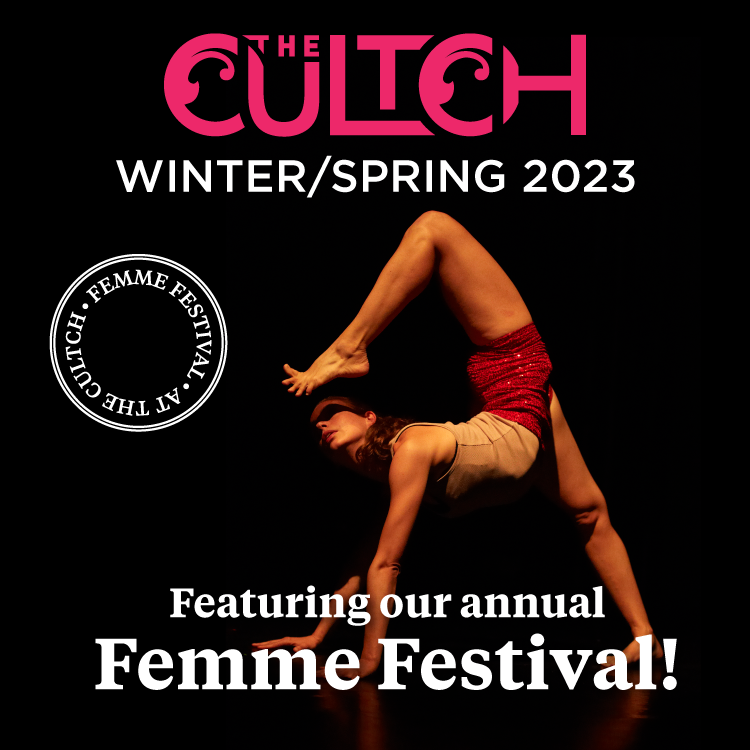By Andrea Loewen
@ms.andreajoy
The pandemic has brought us a lot of things: every day zoom calls, braving all kinds of weather just to have a bundled-up first date where you try to feel chemistry from six-feet-apart, and a spike in capitalism.
Why not, right? You’re at home (still). You’re bored. You’re stressed. You lived through 2020. You deserve to order whatever the heck you want and have it delivered right to your door.
There is another way that doesn’t involve a long chain of abused and possibly enslaved workers making that $8 USB charger, and Rebecca Rockefeller and Liesl Clark, founders of The Buy Nothing Project, have the answer.
The Buy Nothing Project started in 2013 by friends Rockefeller and Clark just across the border in Washington State. The premise was simple: we have plenty, and so do our neighbours, so why not share? The groups are hyper-local and run using free platforms like Facebook, where neighbours join the group, post unwanted items, and others claim them. People are also invited to post their needs as well, to see if someone has an extra vase or throw cushion lying around. “The Buy Nothing Project is about setting the scarcity model of our cash economy aside in favor of creatively and collaboratively sharing the abundance around us,” the Buy Nothing Project’s website states.
There are now groups in 44 countries around the world, but it started with one. Vancouver alone hosts 27 groups. One such group, on the verge of “sprouting” (Buy Nothing groups have a mandate to stay under 1,000 people to promote community), is the Mount Pleasant East group. Keyra Conlinn is one of its admins.
“I think it’s a huge counter force,” says Conlinn on the relationship between the Buy Nothing Project and capitalism. “It’s not just that it helps people who are financially in need and unable to buy. There are many people that have the resources to buy, but they don’t want to because they can see that it’s a waste.”
Buy Nothing was created with a set of core principles and rules that must be followed by all chapters, which replace capitalist ideals like depersonalized production and market-based value with community, care, and abundance.
It’s the community that got Conlinne involved in the first place.
“I thrive on building community,” says Conlinn.
“People started popping in like, ‘Hey, I have this would this be good for your knees?’ or like, ‘would this be good for your event?’” says Conlinn on the community that she saw rising in her Buy Nothing Group, remembering people sharing everything from their pets enjoying new toys to their kids in a cute jacket, all gifted in the group.
Conlinn sees this encouragement of gratitude posts, one of the few types of posts allowed in Buy Nothing Groups, as a key part of community building, “it shows people where their objects have gone, and shows the appreciation of them.”
Capitalism tells us that certain types of contributions are worth more if they fetch a higher price in the market, but another principle of Buy Nothing Groups is to value everything equally, including objects (there is no special status for more expensive, useful, or beautiful things) and people’s desire for them (there is no difference in a want versus a need).
This leads to an incredibly random assortment of goods posted and requested, from half-used candles to nearly-new pressure cookers.
Conlinn loves to see it all, “even to the things that I see like clearly those just came from the dollar store. It’s like, right, because now somebody else is not going to the dollar store.”
The Buy Nothing Project also does what it can to recognize intersectionality and promote racial justice. One of the ways it does this is by considering community demographics when creating group divisions and to avoid reinforcing any segregation between people groups.
“A human geography is considered,” says Conlinn on the formation of new groups. “It’s not based on, ‘well this is a main street’… if it’s going to seclude a certain group of people.”
According to capitalist values, the best home would be the one where you can look around and know that you earned and purchased every single item in it, by yourself, with no help whatsoever. The self-made home.
Conlinn’s favourite part of her Buy Nothing Group is the opposite: “I can look around my space and see how many people have contributed,” she says. “I mean, really, I look around and I’ve got pictures on the wall, items on my little altar, the bookshop shelves and then some of the books, and I’m just so grateful. And I think that’s one of the biggest things that members of the group gain.”
You can find your local Buy Nothing Group, almost anywhere in the world, or simply marvel at how far this movement has spread, on the Buy Nothing Project website.

Andrea Loewen is a writer, theatre-maker, and choreographer in Vancouver, BC. She writes for a variety of online publications, including Loose Lips Magazine and Vancouver Presents, as well as her own site, The Receptionist Blog. Her first book, Feeling Better: A Field Guide to Liking Yourself is available from Amazon and Chapters Indigo. www.andrealoewen.com




